Szechuan Mean: The Fiery, Tingling Mystery Behind Your Favorite Spicy Dish
Table of Contents
- What Is Szechuan Mean?
- The Heartbeat of Szechuan Cuisine
- How Does Szechuan Mean Work on Your Taste Buds?
- Szechuan Mean vs Other Spice Profiles
- Practical Tips for Cooking with Szechuan Mean
- Buying Guide: What to Look For When Purchasing Szechuan Ingredients
- Recipes to Try at Home
- Conclusion
What Is Szechuan Mean?
If you've ever had a dish labeled as "Szechuan" and felt your lips go numb while your mouth lit up like a firecracker, congratulations — you've just experienced the magic of szechuan mean.
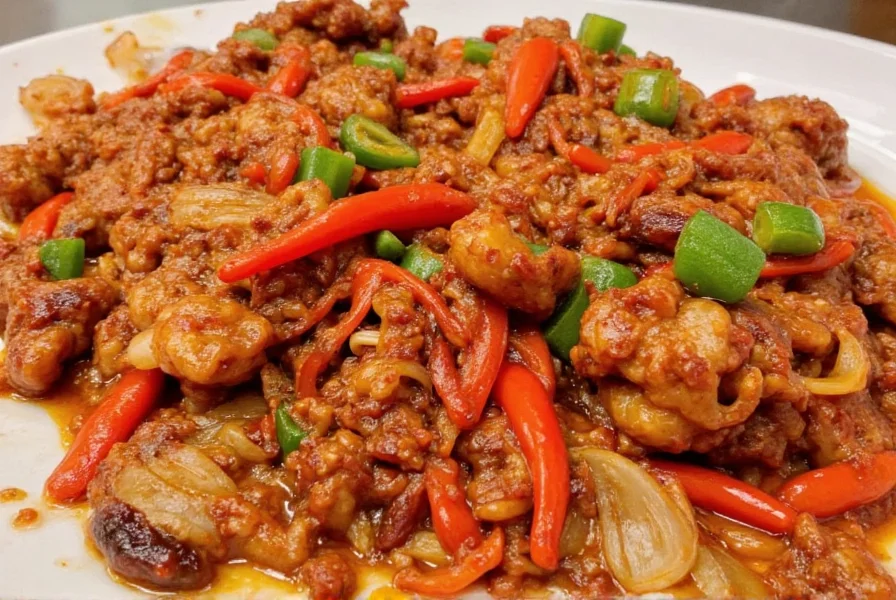
But wait... what exactly does "mean" mean? (Pun absolutely intended.) In Chinese culinary terms, "mala" (麻辣) refers to the iconic combination of spicy (la 辣) and numbing (ma 麻), and that's what we affectionately call szechuan mean. It’s not just about heat; it’s a flavor sensation that dances between your tongue and brain in ways no regular chili can.
The Heartbeat of Szechuan Cuisine
Szechuan cuisine hails from the Sichuan province of China, known for its bold flavors, complex layering, and liberal use of chili peppers and Szechuan peppercorns.
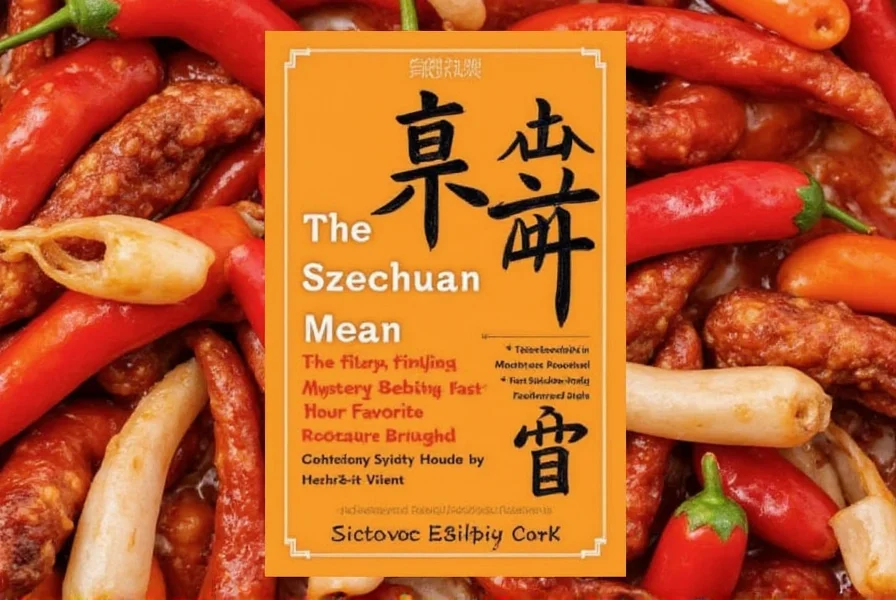
The star player here is the Szechuan peppercorn — not a pepper at all, but a member of the citrus family. Its unique compound, hydroxy-alpha-sanshool, triggers a tingling, numbing effect that makes your mouth feel like it’s buzzing with tiny electric shocks. Paired with chilies and oils, this creates the signature szechuan mean experience that keeps people coming back for more.
How Does Szechuan Mean Work on Your Taste Buds?
Let’s get a bit science-y here. Capsaicin in chili peppers activates pain receptors to create a burning sensation. Meanwhile, Szechuan peppercorns contain sanshool, which stimulates touch-sensitive nerve endings, creating that buzzing, numbing effect.
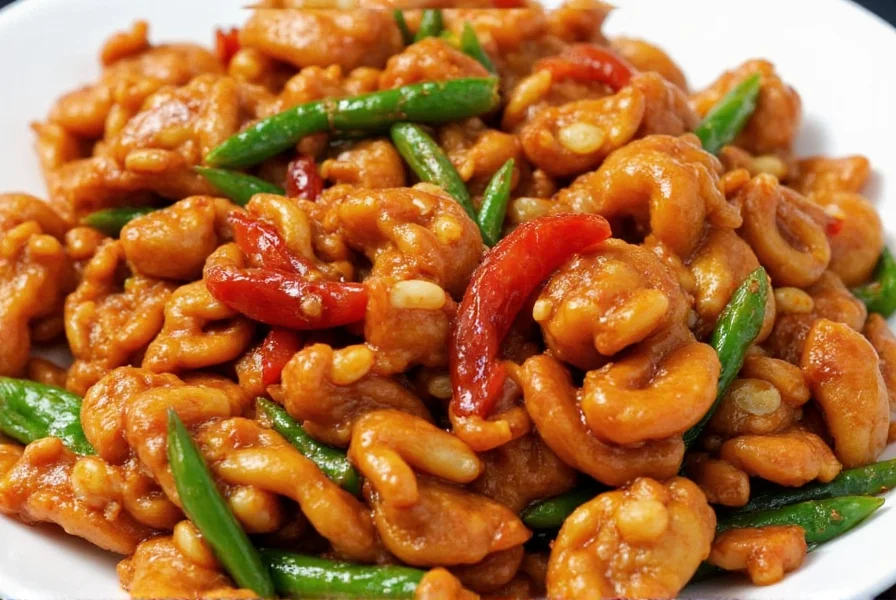
| Compound | Source | Effect |
|---|---|---|
| Capsaicin | Chili Peppers | Burning, fiery sensation |
| Sanshool | Szechuan Peppercorns | Tingling, numbing buzz |
When these two elements combine, they create a sensory rollercoaster that tricks your brain into thinking your mouth is under attack — and somehow, we love every second of it.
Szechuan Mean vs Other Spice Profiles
Let’s break down how szechuan mean stacks up against other global spice profiles:
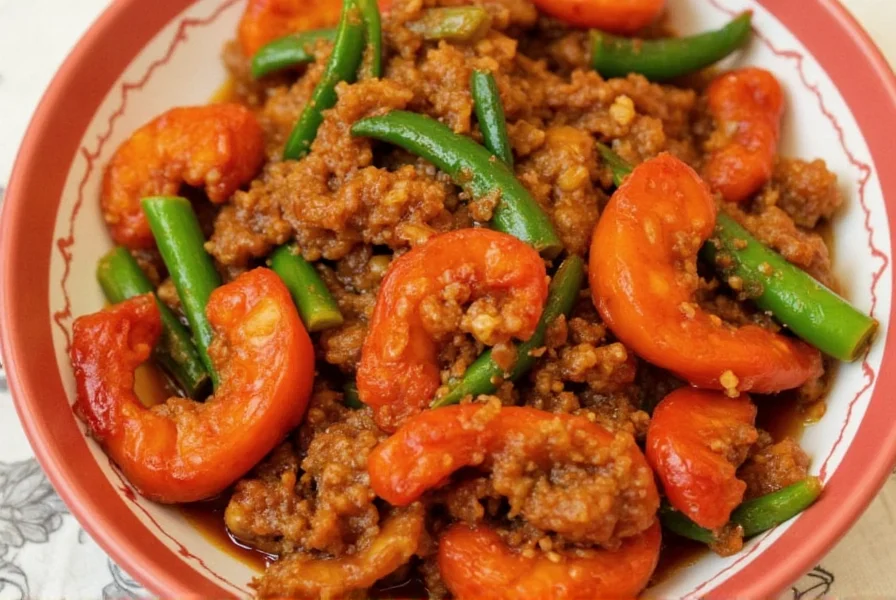
| Region | Main Heat Source | Sensation | Signature Feature |
|---|---|---|---|
| Szechuan (China) | Chili + Szechuan peppercorn | Burn + Numb | Numbing tingle |
| Thailand | Fresh bird’s eye chilies | Sharp, quick burn | Immediate fire kick |
| Mexico | Ancho, chipotle, jalapeño | Earthy, smoky, fruity | Variety of depth |
| India | Red chilies, curry powders | Slow-building heat | Complex spice blends |
As you can see, szechuan mean isn’t just hot — it’s multi-layered, offering a texture-based sensation that few cuisines replicate so vividly.
Practical Tips for Cooking with Szechuan Mean
Ready to bring the szechuan mean vibe into your kitchen? Here are some essential tips to ensure you nail that perfect balance of heat and numb:
- Toast the peppercorns: Lightly dry-roast them in a pan before grinding. This enhances their aromatic qualities without overpowering the other flavors.
- Control the burn: Toasted chili oil or infused oils help carry both capsaicin and sanshool, spreading the flavor evenly across your dish.
- Pair wisely: Fatty meats like beef brisket or pork belly hold up well to intense spice, while tofu or vegetables absorb the heat beautifully.
- Dilute if needed: If it gets too much, have dairy products like yogurt or milk nearby. They neutralize the capsaicin effectively.
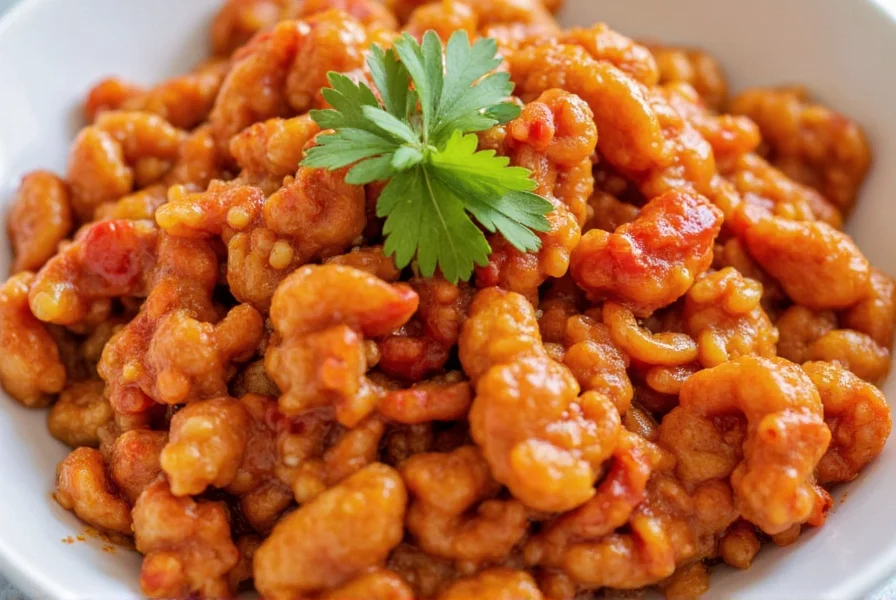
Buying Guide: What to Look For When Purchasing Szechuan Ingredients
Shopping for authentic szechuan mean ingredients can be tricky, especially when labels are vague. Here’s a breakdown of key items and what to look for:
| Product | Features | Advantages | Best For | Occasion |
|---|---|---|---|---|
| Szechuan Peppercorns | Rusty red color, papery texture | Natural numbing agent, citrusy aroma | Home chefs, spice lovers | Stir-fries, marinades, dipping sauces |
| Szechuan Chili Oil | Deep red hue, floating peppercorns | Concentrated flavor, ready to use | Quick meals, drizzle enthusiasts | Instant noodles, dumplings, soups |
| Szechuan Bean Paste (Doubanjiang) | Thick, fermented paste with chili bits | Rich umami base, deep flavor | Traditional recipes, slow cooks | Hot pots, braises, stews |
| Szechuan Dry Mixes | Powder blend of peppercorns, salt, spices | Convenient, consistent flavor | Newbies, time-saving cooks | Grilled meat seasoning, rubs |

Recipes to Try at Home
Once you’ve got the basics down, dive into these exciting recipes that showcase the full potential of szechuan mean:
- Kung Pao Chicken: A classic mala dish featuring peanuts, dried chilies, and Szechuan peppercorns. Tangy, spicy, and nutty all at once.
- Mapo Tofu: Silken tofu bathed in doubanjiang, minced pork, and a sprinkle of ground Szechuan peppercorns. Perfect for rainy nights.
- Dry-Fried Green Beans: Crispy green beans tossed in garlic, chili, and peppercorns. Crunchy and addictive.
- Szechuan Hot Pot Broth: Create your own DIY hot pot with a potent mala broth loaded with spices and herbs. Ideal for group dinners.
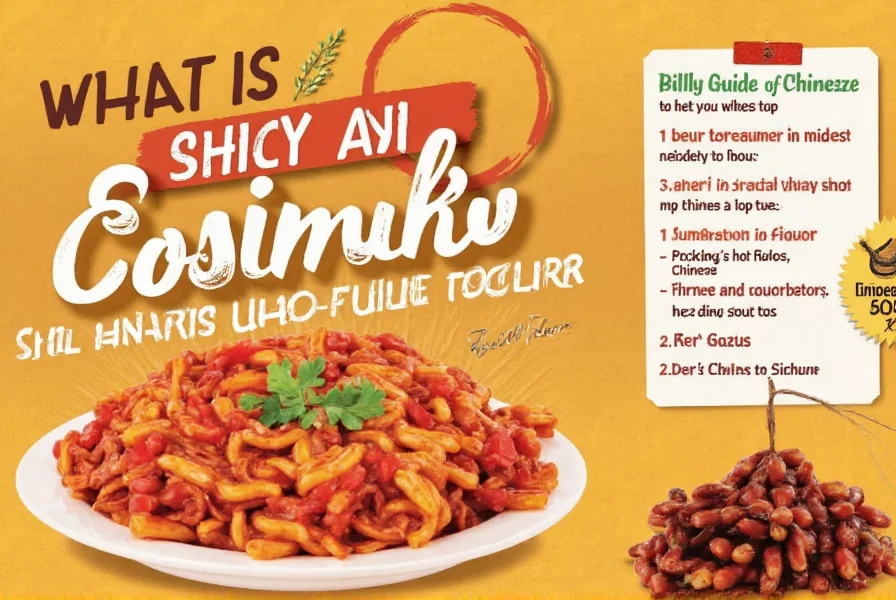
Conclusion
Szechuan mean is more than just heat — it’s a symphony of sensations that excites the palate and challenges the senses. Whether you’re a seasoned chef or a curious home cook, exploring szechuan mean opens the door to a whole new dimension of flavor.
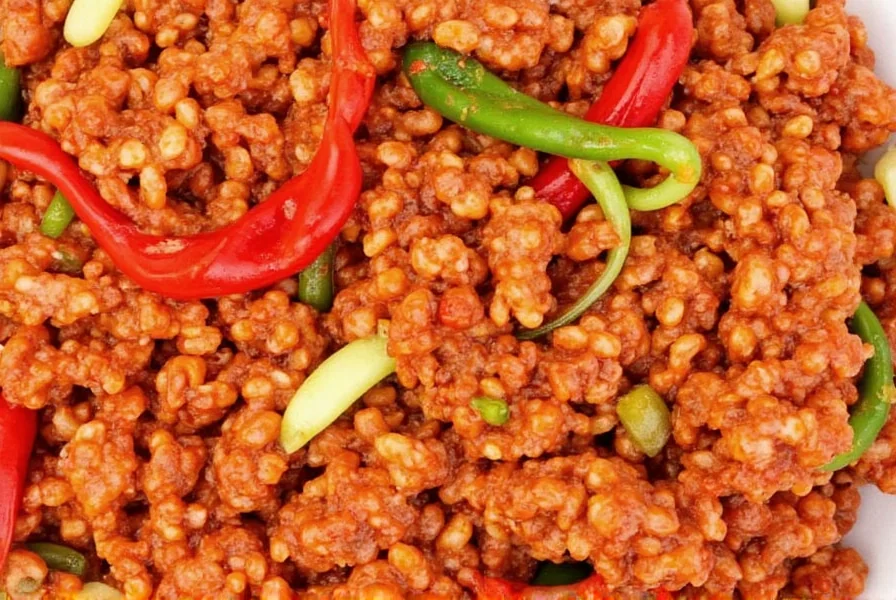
So next time you spot “Szechuan” on a menu, don’t just brace yourself for the heat — get ready for the buzz, the tingle, and the unforgettable taste of mala magic.

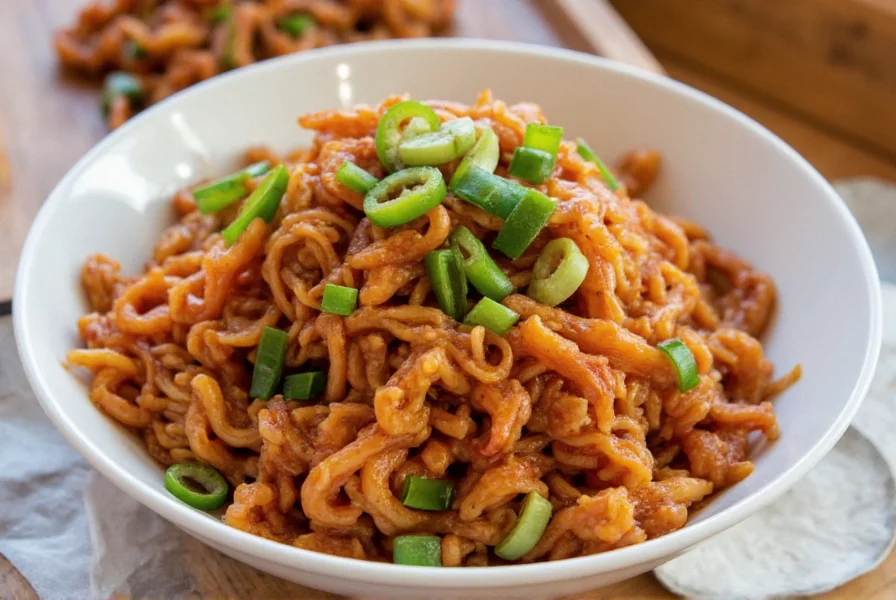









 浙公网安备
33010002000092号
浙公网安备
33010002000092号 浙B2-20120091-4
浙B2-20120091-4